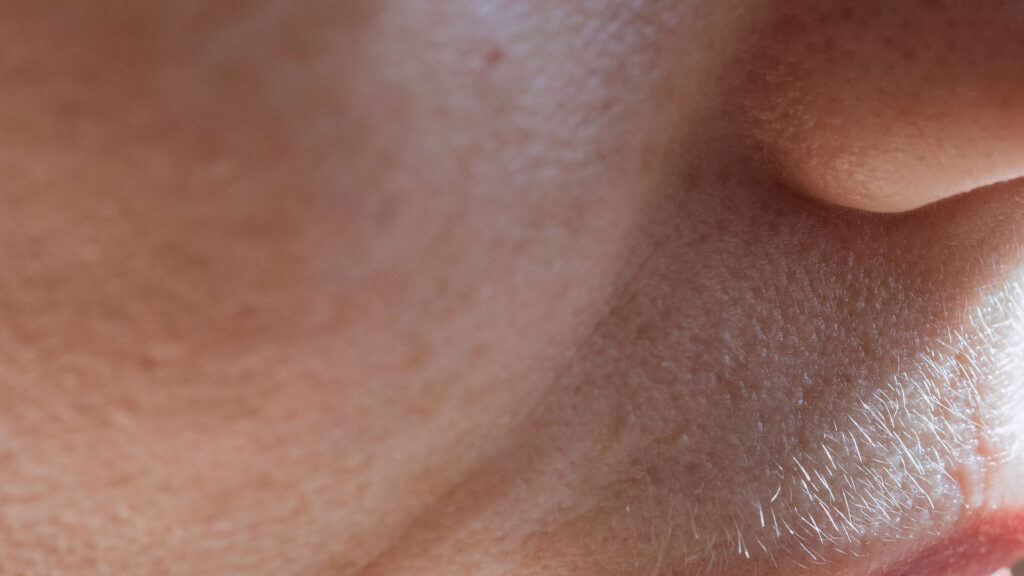Microneedling and microchanneling are both cosmetic procedures that involve creating controlled micro-injuries to the skin to stimulate collagen production and enhance skin texture. While they share similarities, there are differences in terms of the devices used, the depth of penetration, and the intended outcomes. Let’s explore the distinctions between microneedling and microchanneling:
Microneedling:
1. Device:
– Microneedling typically utilizes a device with fine needles, often in the form of a dermaroller or a motorized pen-like instrument. These needles create tiny punctures in the skin, triggering the body’s natural healing response.
2. Depth of Penetration:
– Microneedling devices can have adjustable needle lengths, allowing practitioners to customize the treatment based on the specific skin concerns. The depth of penetration can range from superficial to deeper layers of the skin.
3. Mechanism of Action:
– The micro-injuries created by microneedling stimulate the production of collagen and elastin, promoting skin renewal and improving the appearance of fine lines, wrinkles, scars, and overall skin texture.
4. Downtime:
– The downtime associated with microneedling can vary depending on the depth of the treatment. Superficial treatments may have minimal downtime, while deeper treatments may require a few days of recovery.
5. Common Concerns Addressed:
– Microneedling is commonly used to address concerns such as fine lines, wrinkles, acne scars, enlarged pores, and overall skin rejuvenation.
Microchanneling:
1. Device:
– Microchanneling involves the use of a device equipped with fine, oscillating needles. These needles create microchannels in the skin, facilitating the delivery of serums or growth factors into the deeper layers of the skin.
2. Depth of Penetration:
– Microchanneling typically focuses on a more precise and consistent depth of penetration compared to some microneedling devices. The goal is to create microchannels without causing unnecessary trauma to the skin.
3. Mechanism of Action:
– In addition to stimulating collagen production, microchanneling prioritizes the infusion of specialized serums or growth factors directly into the microchannels. This enhances the absorption of these substances, potentially amplifying the overall effectiveness of the treatment.
4. Downtime:
– Microchanneling is designed to have minimal downtime. The microchannels created are smaller and more controlled, leading to quicker recovery compared to more aggressive microneedling treatments.
5. Common Concerns Addressed:
– Microchanneling is often used for general skin rejuvenation, improvement in skin texture, and addressing specific concerns such as fine lines and pigmentation. The focus on serum infusion sets microchanneling apart when aiming for enhanced product absorption.
Key Differences:
1. Serum Infusion:
– Microchanneling places a strong emphasis on delivering serums or growth factors directly into the microchannels, potentially enhancing the benefits of the treatment. While some microneedling treatments also involve the application of topical products post-procedure, microchanneling integrates this step more explicitly.
2. Depth Precision:
– Microchanneling devices are designed for precise depth control, aiming for a consistent penetration level across the treated area. Microneedling devices may offer adjustable depths with a broader range.
3. Downtime:
– Microchanneling tends to have less downtime due to the controlled nature of the microchannels created. Microneedling’s downtime can vary based on the depth of the treatment.
Ultimately, the choice between microneedling and microchanneling depends on individual skin concerns, treatment goals, and the preferences of both the practitioner and the client. Consulting with a qualified skincare professional can help determine the most suitable treatment based on specific needs and desired outcomes.

Dr. Joanna Smith, DNP, MSN, RN, MBA, SSGB, RT, LE, CLT
President & CEO
Integrated Medicine Institute, Inc.



